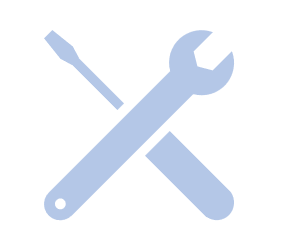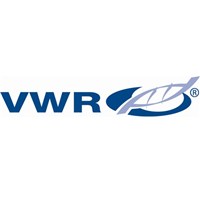What is a Reducing Tube? In some models/sizes of Eppendorf pipettes, a reducing tube, also known as “filling tube”, is used to regulate air flow. It is used in pipettes where the ratio between the shaft orifice and the piston diameter is such that, during aspiration of the liquid, a turbulence will be created in
Read More… from What is the use for the Eppendorf reducing tube and why does it need to be replaced?














